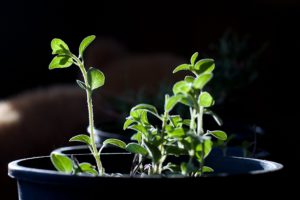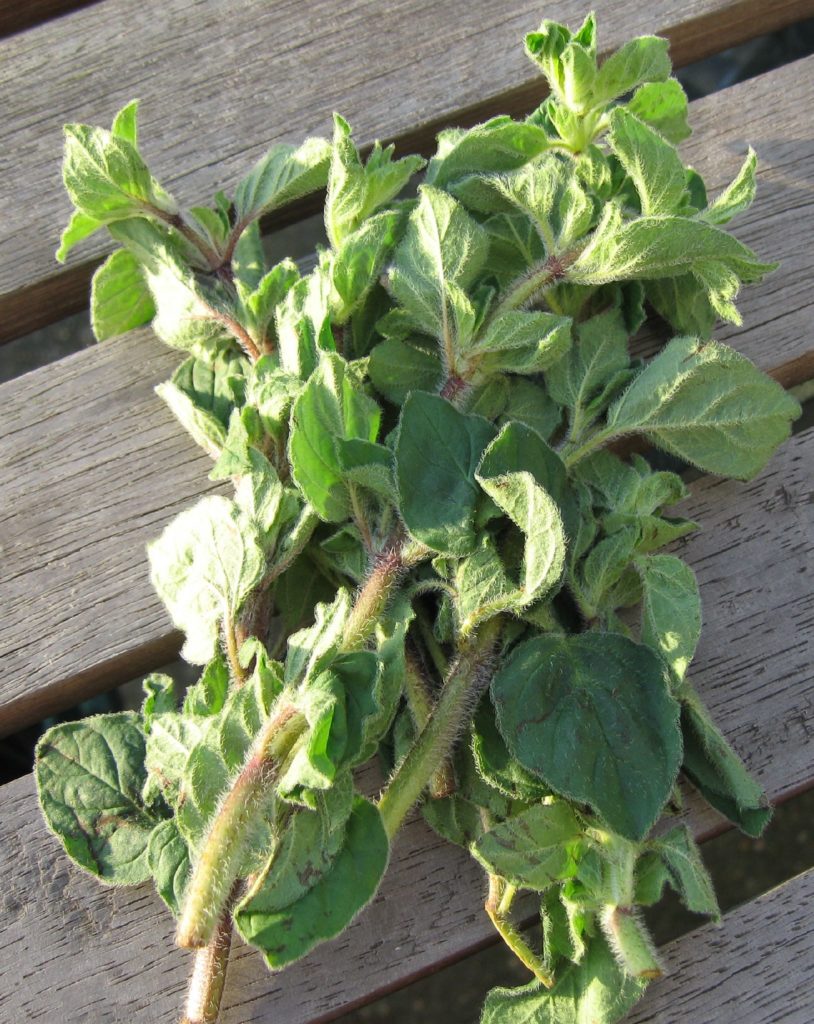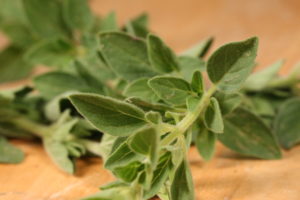When many people get into gardening, an herb garden is amongst the most popular to start, and oregano is typically included in most herb gardens. Oregano is a perennial herb that is technically part of the mint family (who knew!). Oregano has a strong zesty flavor popularly used in Italian, Latino, and Mediterranean cuisine. Commonly paired with oils, meats, and sauces, oregano is the perfect pairing for pizza, pasta, and other tomato-based dishes. If you are looking for an easy to grow herb that is perfect for new or seasoned gardeners, then look no further than oregano!
How to Plant Oregano
Oregano is a perennial herb that prefers full sun to partial shade. Be careful not to overwater oregano. Oregano is a drought resistant plant, so there is no need to water it every day. In warmer climates, like zones 9+ you can plant and grow oregano year-round indoors, but if you’re planting outside, definitely plant in early Spring before the intense Summer heat begins. If you’re in a cooler climate, we recommend planting indoors, or if you decide to plant outside, grow oregano during late Spring or at the end of the Summer.
Sow your seeds indoors 6-10 weeks before your last frost date. Once the seeds are in the trays, utilize a fine seed starting mix and you should start seeing plant germination in approximately 15 days, give or take 2 days. After they begin to sprout, oregano really prefers to be grown in containers. Oregano can grow to be up to one to two feet tall, so make sure your pots are about a foot across and 8-10 inches deep to ensure the plant is supported as it grows.

When transferring your plants from trays to the pots, be sure to loosen up the soil and detangle the roots. It is important to make sure the roots are not tightly packed when transferring to the pot to ensure your oregano plant can spread out and absorb sources of moisture.
Oregano is frost sensitive, so the best thing you can do for your oregano plant is to ensure the temperature doesn’t dip to or below 40 degrees. Oregano also does not appreciate too much heat. It is best to maintain a daily temperature of 60-80 degrees for optimal growth. If you decide to plant outside, utilizing a cold frame or greenhouse may help protect your oregano plants at night or during cooler months.
As your oregano plants grow, pruning is important as some plants can reach almost two feet tall. Certain varieties can actually grow to three feet. Regular snipping and use of your oregano plant can help ensure it does not overgrow and become a tangled mess. If your oregano plants start to look too leggy, trim off the excess branches so new leaf nodes and stems can grow. If your oregano plant is looking too leggy it might mean it is struggling to find enough sunlight. If this happens simply move your plant to a sunnier area.
Harvesting and Storing Oregano
The best time to harvest oregano is when is it about 5-8 inches tall. Before the oregano plant flowers is when your oregano leaves will have the most densely packed flavor. You can also pick and consume the oregano flowers if you so choose. Be careful not to overharvest your oregano plant as this will stress the plant and delay the next time you’re able to harvest. So, we recommend not harvesting more than 1/3 of your oregano plant each time. The easiest way to harvest oregano is just to pluck the leaves off the branches. Try and target the larger leaves this way the smaller ones have more time to develop.
After you have harvested your oregano, it is time to store them. Clean and rinse your oregano leaves to remove any dirt or debris, then gently pat them dry with a paper towel. Take your folded paper towel filled with oregano and put it into a plastic bag then put the bag into the refrigerator. You get the most flavor out of your oregano while it is fresh, but you can also dry your oregano and pulverize them into small flakes to sprinkle onto your favorite foods!

Oregano Pests and Diseases
Unfortunately, many pests and diseases exist that can harm your oregano plant.
Cutworms like to eat the oregano at the base. Creating a ring of diatomaceous earth around the base or creating rings of tinfoil around the plant can help stave these worms off.
Spider mites may cluster under the leaves of your oregano. A tell-tale sign of spider mites is their white web-like secretion they leave behind. Using an insecticidal soap can help kill off spider mites.

Peach aphids like to cluster under leaves, just like spider mites. Peach aphids tend to distort and turn the oregano leaves yellow. Regularly using neem oil can help prevent an infestation. Insecticidal soaps may be used if you’re experiencing an outbreak.
Western flower thrips may swarm the leaves of your oregano plants causing discoloration and distortions in the oregano plant. Neem oils and insecticidal soaps are effective at killing these pests.
Fungal root rot is prone to oregano that is not properly drained. After fungal root rot has set in, you will not be able to save your plant, so we highly recommend you do not overwater your oregano and make sure the soil is well drained.
Mint rust may affect your oregano since it is a member of the mint family. The rust will discolor the oregano leaves, turning them yellow, orange, or brown. Lightly using sulfur dust may help prevent mint rust, but we recommend pruning away any signs of mint rust to prevent further spread.
Growing Oregano Conclusion
Planting oregano is a fun and easy way to start gardening. It is the perfect herb to include with a variety of different dishes. If you need help planning your oregano garden, try out Hortisketch. Hortisketch an easy to use cloud-based garden planner made by gardeners for gardeners.

Contact Author
 info@gardensavvy.com
info@gardensavvy.com Recent Posts
- Smart Gardening: How Technology Is Revolutionizing Horticulture
- Understanding Gardening Zones: What You Need to Know
- The Right Tools For Your Gardening And Landscaping Needs
- Maximizing Your Harvest: Square Foot Gardening Chart for Beginners
- Holiday Garden Scents: Plants for Natural Aromatherapy in Your Home









